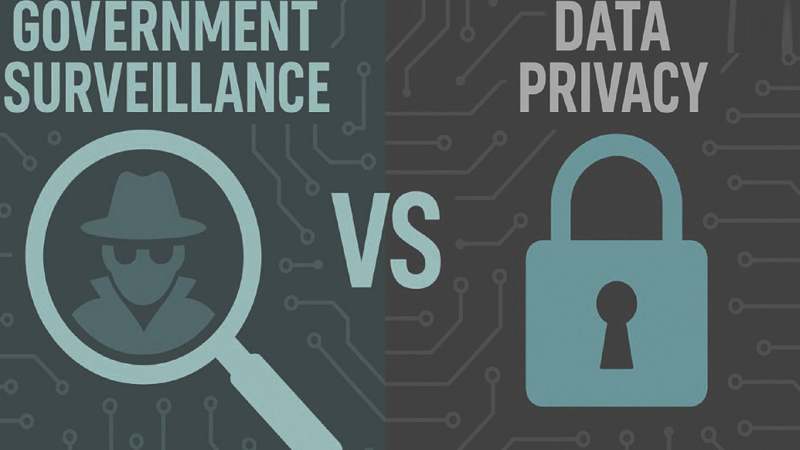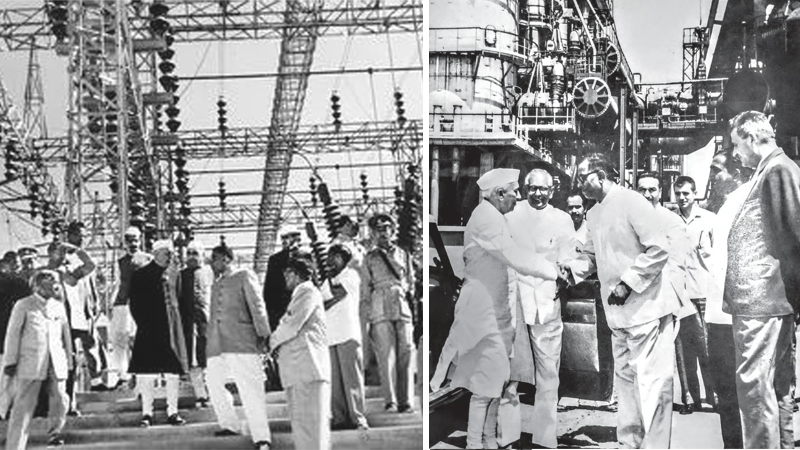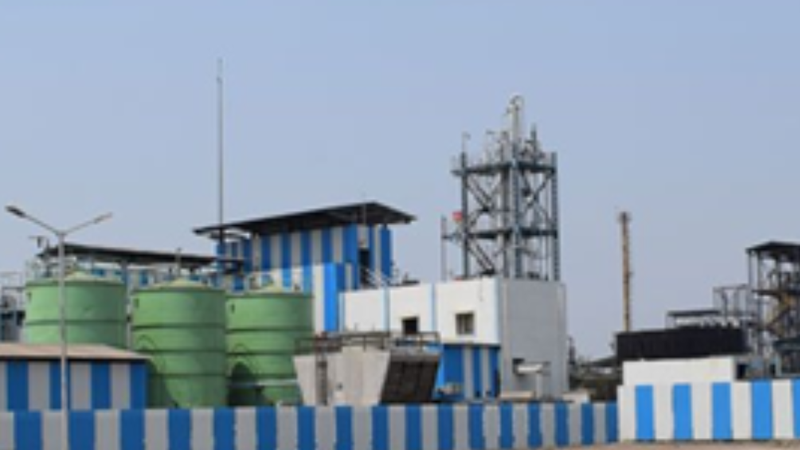Crony Capitalism and the Shrinking Space for Small Enterprise
Editorial
India’s Pollution Crisis: A Call for Urgent, Unified Action
India’s pollution crisis is a national emergency that demands immediate action. With air quality plummeting—Delhi’s AQI hit “very poor” levels on October 22, 2025—and rivers choked with untreated sewage, the nation faces a public health catastrophe. Over 2 million premature deaths annually are linked to pollution, while India ranks as the fifth-most polluted country globally, with PM2.5 levels far exceeding WHO guidelines. Rapid urbanization, lax waste management, and coal dependency exacerbate the issue, leaving both urban and rural areas gasping for clean air and water.
The government’s response, while notable, falls short. The National Clean Air Programme (NCAP) and Graded Response Action Plan (GRAP) aim to curb emissions, but weak enforcement undermines their impact. Firecracker bans and electric vehicle incentives are steps forward, yet vehicular emissions and stubble burning persist unchecked. Globally, the UN and initiatives like the Paris Agreement urge integrated approaches, linking pollution cuts to sustainable development. India must adopt these lessons, balancing economic growth with environmental accountability.
Public apathy is a hurdle as much as policy gaps. While activists like Licypriya Kangujam sound alarms, only 1% of Delhiites actively engage, and cultural defenses of Diwali fireworks reveal misplaced priorities. Surveys show eroding trust in government efforts, with just one in three approving. This crisis demands a people’s movement—citizens must reject inaction and demand stricter enforcement.
India’s future hangs in the balance. Without bold policy reforms, global collaboration, and public resolve, the toxic legacy will burden generations. Clean air and water are not luxuries but rights. It’s time for India to unite—government, citizens, and industries—to reclaim a breathable, livable nation.
“Trump Walks Away from Budapest: Diplomacy Deferred or Strategy Redefined?”
The U.S. President’s decision to pause a planned summit with Russia’s leader — articulating that he “didn’t want to have a wasted meeting” — carries real implications for global politics. On one level, it signals that the White House recognises the optics and risks of appearing to broker a deal without substance. In stating this, Trump implicitly acknowledged that a mere photo-op in Budapest without a clear framework would damage U.S. credibility.
Yet beneath the surface this reveals several tensions. First, the proposal itself — a meeting between the two presidents tied to the Ukraine war — illustrates how the conflict has become a theatre not only of weapons and soldiers but of diplomatic theatre. Russia’s negotiating line has remained rigid: no immediate ceasefire, extensive territorial demands, strong conditions on Ukraine’s alignment. Trump’s hesitation reflects an acknowledgement that Russia isn’t ready to shift, and he is unwilling to proceed unless there is a payoff.
Second, the move underscores the fragmented nature of the Western alliance. European capitals have voiced concerns that a Trump-Putin meeting, especially if it’s seen as implying U.S. acquiescence to Russian demands, could undercut the unified front supporting Ukraine. By stepping back, Trump avoids prematurely aligning with a summit that might appear to endorse Moscow’s position, or worse, give legitimacy to Russian intransigence.
Third, there is an element of transactional politics. The “wasted meeting” phrase suggests a mindset where diplomacy is measured in deliverables rather than gestures alone. That is understandable — but somewhat at odds with traditional diplomacy where establishing trust and setting long-term frameworks matter. In effect, Trump signals “don’t meet just to meet” — but the risk is that opportunities for quiet progress might be lost if the bar is set too high.
Finally, this decision may momentarily strengthen the U.S. hand: by refusing to meet without results, the U.S. signals to Russia and Ukraine that only genuine movement warrants high-level engagement. But there is a flip-side: Russia may interpret the delay as weakness, or as a cue to dig in rather than negotiate. Ukraine, meanwhile, watching for U.S. leadership, may feel abandoned or insecure about the pace of diplomacy.
In sum: the refusal to sit down unless there is substance is politically defensible — but diplomacy, especially around a war as fraught as Ukraine’s, often demands incremental steps and trust-building. A summit is not just a photo-op; but equally, never meeting at all can mean the status quo persists. Trump’s manoeuvre may buy time and protect U.S. prestige — but it will need to be followed by a clear strategy if it is to lead to a genuine peace process rather than simply a postponement of engagement.


 SAS Kirmani
SAS Kirmani










